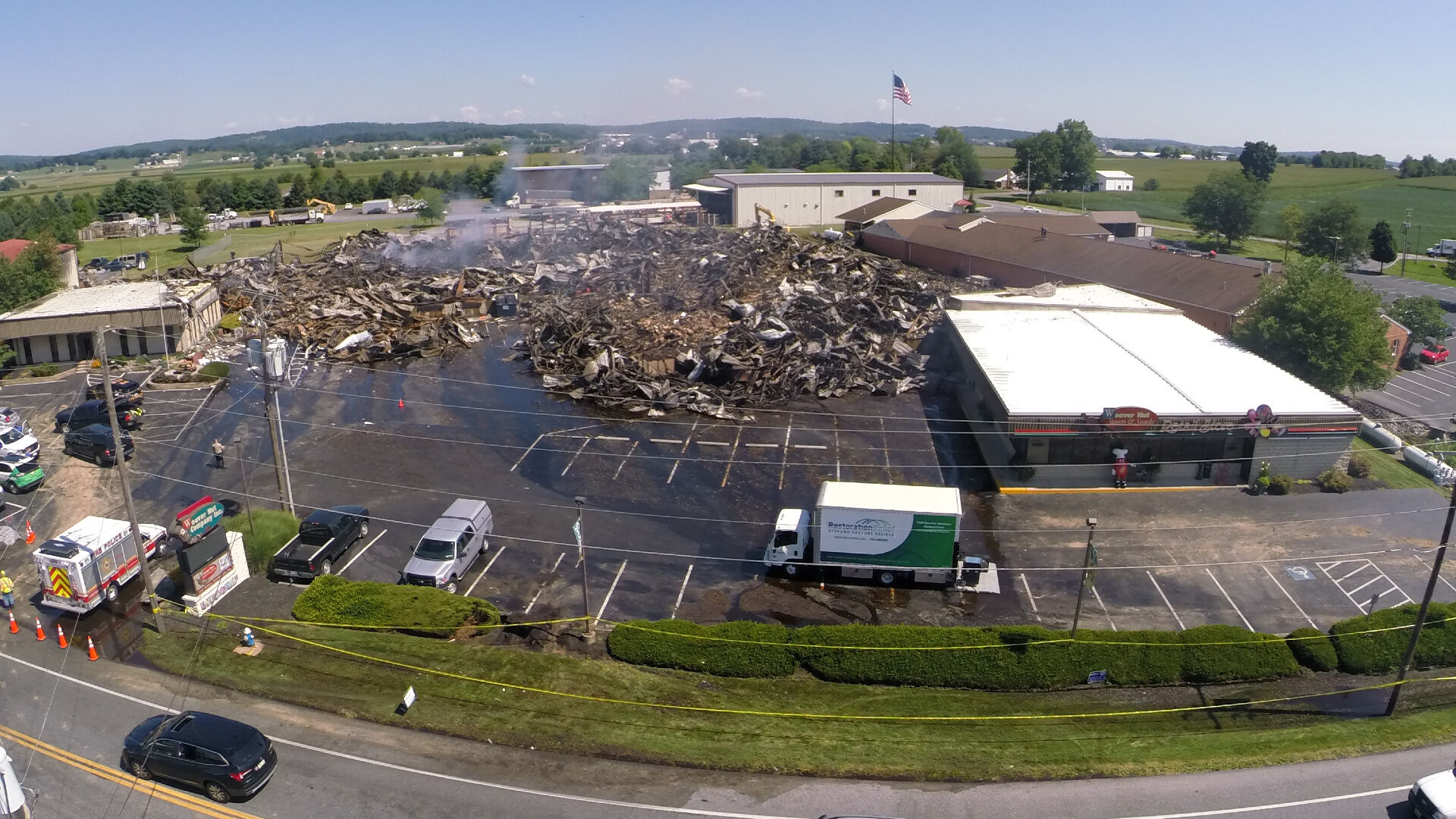

(The Lenape spoke an Algonquian language.) The English called them the Conestoga, after the name of their principal village, Gan'ochs'a'go'jat'ga ("Roof-place" or "town"), anglicized as "Conestoga." Other places occupied by the Susquehannock were Ka'ot'sch'ie'ra ("Place-crawfish"), where present-day Chickisalunga developed, and Gasch'guch'sa ("Great-fall-in-river"), now called Conewago Falls, Lancaster County. Īmong the earliest recorded inhabitants of the Susquehanna River valley were the Iroquoian-speaking Susquehannock, whose name was derived from the Lenape term for "Oyster River People". Historic Native American tribes in the area at the time of European encounter included the Shawnee, Susquehannock, Gawanese, Lenape (or Delaware), and Nanticoke peoples, who were from different language families and had distinct cultures. Indigenous peoples had occupied the areas along the waterways for thousands of years, and established varying cultures. Many other counties were in turn formed from these six. As settlement increased, six other counties were subsequently formed from territory directly taken, in all or in part, from Lancaster County: Berks (1752), Cumberland (1750), Dauphin (1785), Lebanon (1813), Northumberland (1772), and York (1749). It was named after the city of Lancaster in the county of Lancashire in England, the native home of John Wright, an early settler. Lancaster County was part of Chester County, Pennsylvania, until May 10, 1729, when it was organized as the colony's fourth county. Although Matthias Kreider was said to have been in the area as early as 1691, there is no evidence that any Europeans settled in Lancaster County before 1710. John Kennerly received the first recorded deed from Penn in 1691. The area that became Lancaster County was part of William Penn's 1681 charter. 6.6 Pennsylvania House of Representatives.6.4 United States House of Representatives.1.5 Slavery and the Christiana incident.1.2 Maryland-Pennsylvania boundary dispute.There were also significant numbers of English, Welsh and Ulster Scots (also known as the Scotch-Irish in the colonies).

Also attracted to promises of religious freedom, French Huguenots fleeing religious persecution settled this area in 1710. They were also attracted by the area's rich soil and mild climate. The ancestors of the Amish began to immigrate to colonial Pennsylvania in the early 18th century to take advantage of the religious freedom offered by William Penn. The continued use of "Dutch" instead of "German" was strengthened by the Pennsylvania Dutch in the 19th century as a way of distinguishing themselves from later (post 1830) waves of German immigrants to the United States, with the Pennsylvania Dutch referring to themselves as Deitsche and to Germans as Deitschlenner (literally "Germany-ers", compare Deutschland-er) whom they saw as a related but distinct group. Ultimately, the terms Deitsch, Dutch, Diets and Deutsch are all cognates of the Proto-Germanic word *þiudiskaz meaning "popular" or "of the people". Contrary to popular belief, the word "Dutch" in "Pennsylvania Dutch" is not a mistranslation, but rather a corruption of the Pennsylvania German endonym Deitsch, which means "Pennsylvania Dutch / German" or "German". The County of Lancaster is a tourist destination with its Amish community a major attraction. Lancaster County comprises the Lancaster, Pennsylvania metropolitan statistical area. As of the 2020 census, the population was 552,984. We appreciate your cooperation.Lancaster County ( / ˈ l æ ŋ k ə s t ər/ Pennsylvania Dutch: Lengeschder Kaundi) sometimes nicknamed the Garden Spot of America or Pennsylvania Dutch Country, is a county located in the south central part of the Commonwealth of Pennsylvania. Additionally, a face mask is required to be worn at all times while visiting. Upon entering our office you will be asked to complete a questionnaire to ensure that you have not visited any high-risk areas within the past 14 days and are not currently experiencing symptoms of COVID-19 (coronavirus). If it is necessary to meet with a Manpower representative in-person, please note that your visit will need to be scheduled by appointment only. You may create your Manpower profile and submit your application at. WE ARE HIRING! We just ask that you apply online. Please contact your local Manpower office directly by phone, text, social media platform, or email. Our offices are open for business virtually and by appointment only. One way to do so is to limit contact within our office when possible. Manpower is committed to taking the necessary actions to protect the health and well-being of our staff, associates, clients, and visitors alike. Before entering our office, we are asking all visitors to read this Important Announcement:


 0 kommentar(er)
0 kommentar(er)
